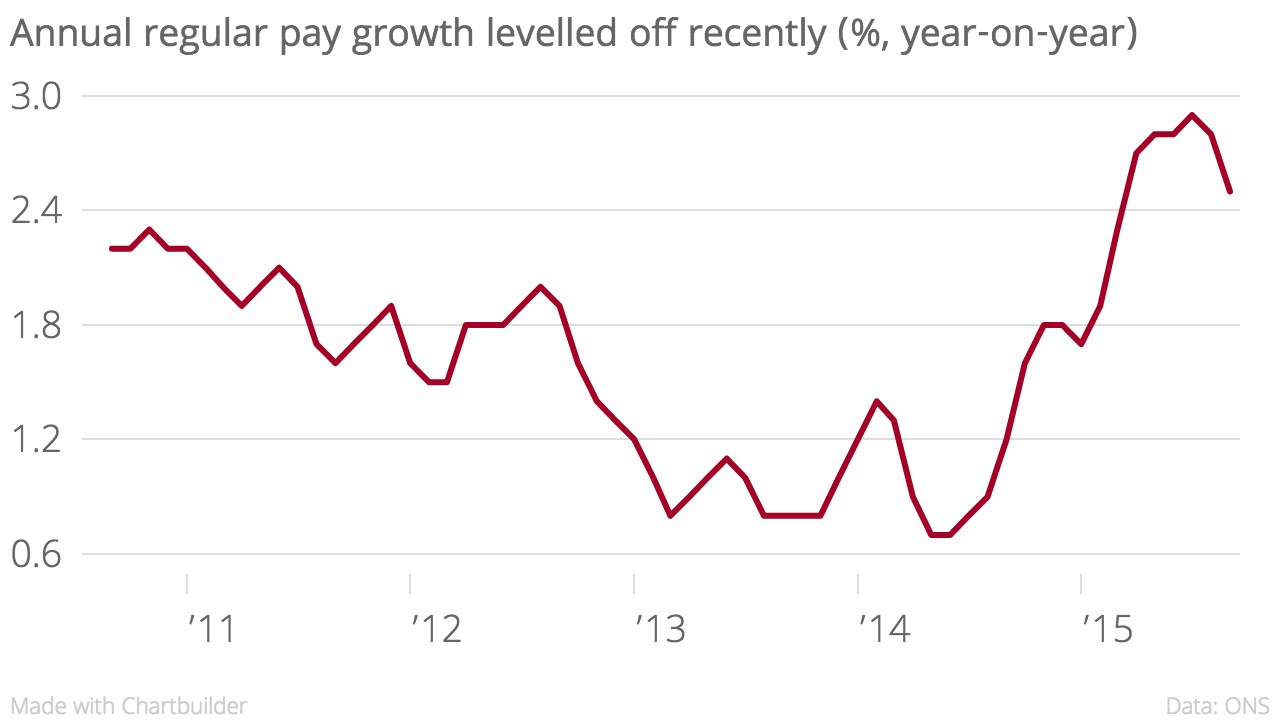Bank of England’s Minouche Shafik will not vote to hike interest rates until wages go up

UK rate-setter Minouche Shafik has said today she will not vote to lift interest rates from record lows until wage growth picks up.
The member of the Bank of England’s nine-strong monetary policy committee said “the rate of wage growth seems to have levelled off again in the most recent data”. But there could be a number of reasons for this that mean wage growth will soon pick up again, Shafik said. She told an audience at the Institute of Directors in London:
The most likely outcome is that wage growth will soon resume its recovery, but there are alternative states of the world in which it takes longer for that to happen. So I judge it prudent to tread carefully, and refrain from voting for an increase in Bank rate until I am convinced that wage growth will be sustained at a level consistent with inflation returning to target.
Nominal wage growth, which is the cash workers are paid not adjusted for inflation, slipped to 2.5 per cent year-on-year in the three months to September.
Shafik believes the future path of interest rates will probably be quicker than that implied by the market yield curve. She said:
Should the downside risks from the world economy fail to materialise, and absent further shocks, once wage growth has returned to a level consistent with inflation returning to target I would expect the economy to warrant a path for Bank rate that increases more quickly than implied by the market yield curve used to condition the November inflation report.
In the November inflation report, the yield curve pointed to a first rate hike in March 2017, climbing to 1.25 per cent by the end of 2018.
“I think it is interesting to note that surveys of economic forecasters – a more direct measure of the expected future path of interest rates – show expectations for a faster pace of increases in Bank rate. Having said that, I think all agents, and all members of the MPC, expect the future path to be gradual and limited,” she said.
| What is the yield curve and how is it used for making interest rate forecasts? |
|
When the government spends more than it receives in taxes, it needs to issue government bonds – interest paying IOUs – which are effectively loans to the government. These loans vary in their maturity – the length of time over which the interest and loan amount must be repaid. The yield is the interest rate you would receive if you purchased the bond today. Yields on short-term government bonds closely follow expectations for the Bank of England’s base rate, which is the starting-point for short-term loans in the economy. If the yield on a bond that expires in three months is, say one per cent, while the yield on a bond with six months to expiry is 1.125 per cent, we can conclude that the market believes that the Bank of England bank rate will be 0.25 per cent higher, on average, over the three-month period starting in three months, than over the next three months. The interest rates on bonds can be plotted on a chart against their maturities, this creates a curve called the yield curve. Longer-term bonds will generally carry more risk – there’s more time for economic conditions to change – but government bonds in developed economies are generally considered risk-free. |
